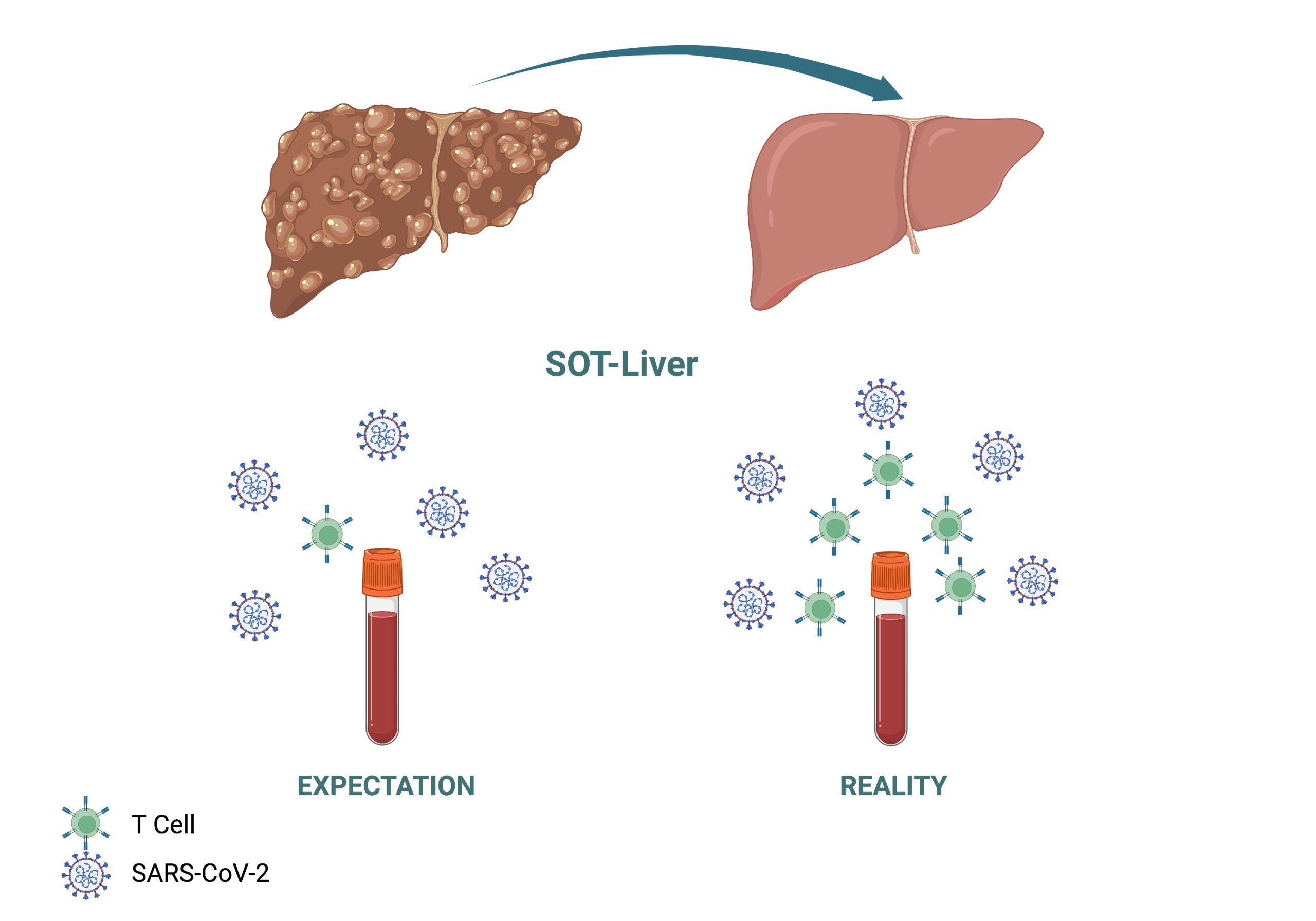Water is one of the most essential elements for life. Every living creature requires access to a water source, humans being no exception. Unfortunately, access to clean drinking water continues to be a challenge for many individuals across the globe. Systematic studies of water inequalities in the U.S. alone indicate increased contamination in areas often dismissed or underserved. Arsenic, a human carcinogen, or cancer causing substance, predominantly released from water flowing through rock formations has previously been measured at dangerous levels in U.S. water sources. This finding led to the U.S. Environmental Protection Agency (EPA) mandating that arsenic contamination levels must be below a maximum level (10 µg/L) in 2001, resulting in enhanced water filtration and arsenic removal. However, whether this mandate was effective across all demographic areas remained unknown until Dr. Nigra, previous postdoc and current assistant professor at Columbia’s Mailman School of Public Health, and colleagues took on the challenge of finding out.
Through extremely diligent research, Dr. Nigra and colleagues examined the arsenic exposure in community water systems across the U.S. to identify whether certain populations are exposed to arsenic levels above the maximum mandated by the EPA. Dr. Nigra and colleagues examined arsenic exposure levels through gathering data from the EPA’s public water database, which monitors public water for contaminants. They analyzed data of water contaminants across 46 states, Washington DC, the Navajo Nation, and American Indian tribes from the years 2006-2008 and 2009-2011, for overall arsenic concentrations across the different regions (Figure). They also separated the data for concentrations across different subgroups of individuals.
Overall, Dr. Nigra and colleagues identified a 10% reduction in water arsenic exposure. They found a reduction in arsenic concentrations in the New England, Eastern Midwest, and Southwest regions of the U.S. over the six year period. They also found reductions in subgroups that fit the following descriptions: most rural mid socioeconomic status (SES), semi urban high SES, and rural high SES. However, there were still communities that had arsenic levels that exceeded the maximum mandated by the EPA (Figure). These communities were predominantly Hispanic communities located in the Southwestern U.S. Furthermore, there was not enough data to identify whether there was a significant reduction in arsenic levels in tribal community water sources. Therefore, while there was an overall reduction in arsenic levels, there is still room for improvement. These Hispanic communities in the Southwestern U.S. are still at an elevated risk for cancer due to this increased exposure to carcinogens. To combat this increased exposure, more financial and technical resources such as an increase in arsenic treatment systems are necessary to reduce these arsenic levels. Moreover, it is very possible that the under-reported arsenic levels in tribal communities could be putting those individuals at an increased risk. Dr. Nigra and colleagues have investigated an extremely impactful environmental factor and now, with their research, we are all a bit more aware of what’s in our water.

Figure: Maps of counties in compliance with the EPA’s maximum arsenic concentration cut off of 10ug/L (top) and the average water arsenic concentrations across a six year period (bottom). Top Map: Low/Low: less 10μg/L over the six years; High/Low: greater than 10μg/L in 2006–2008, but less than 10μg/L in 2009–2011; Low/High: less than 10μg/L in 2006–2008 but greater than 10μg/L in 2009–2011; and High/High greater than 10μg/L in both periods. Figure was adapted from Figure 3 and Figure 4, Nigra et al., 2020
Dr. Anne Nigra is a current assistant professor and previous postdoc in Environmental Health Sciences at Columbia University’s Mailman School of Public Health.
Reviewed by: Molly Scott, Maaike Schilperoort


